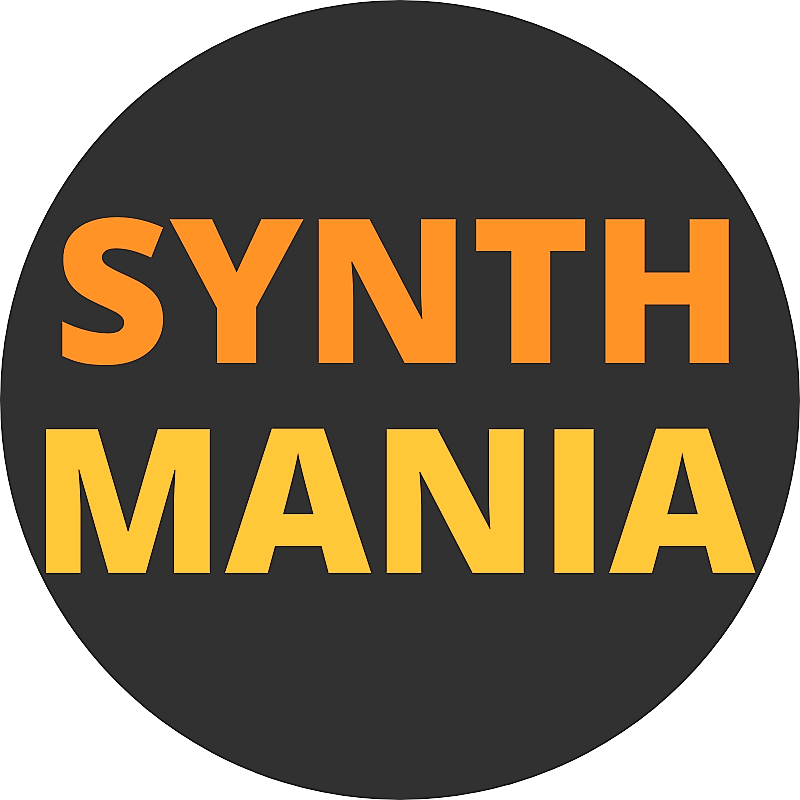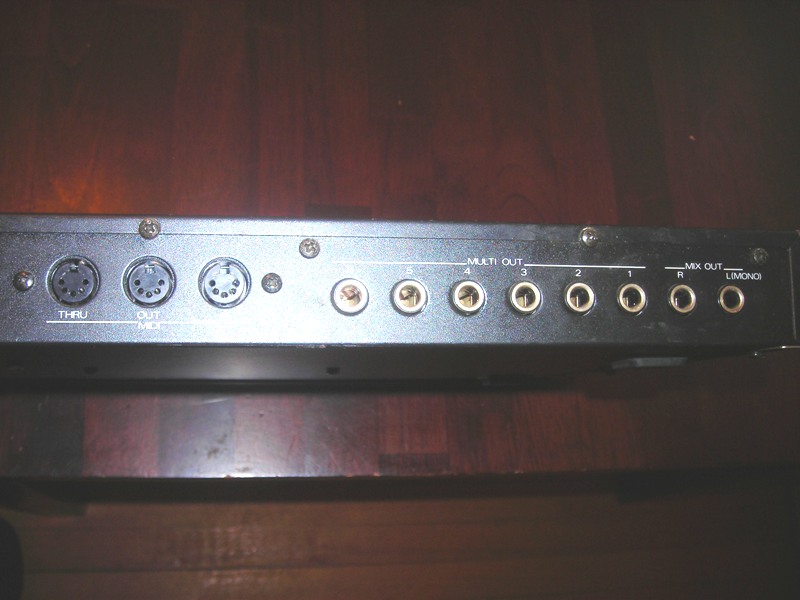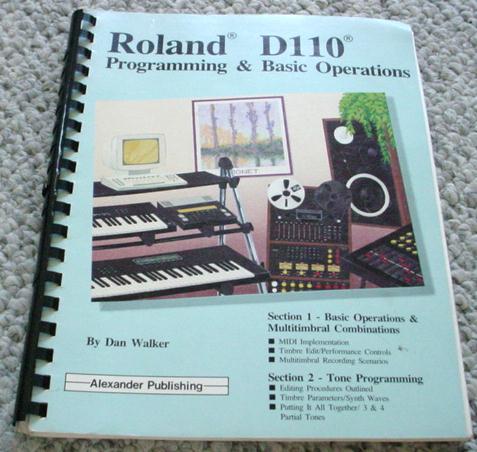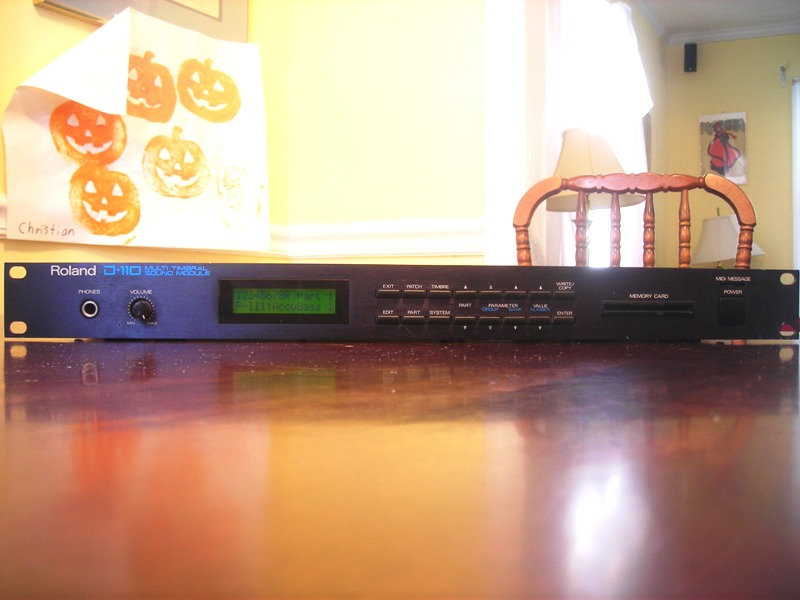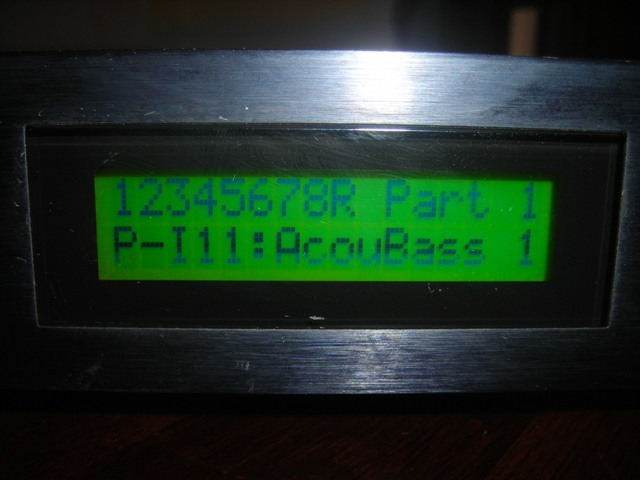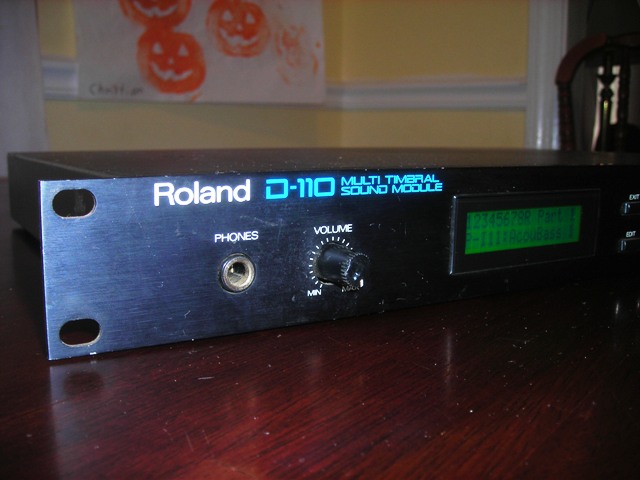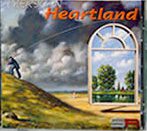Multi Timbral Sound Module
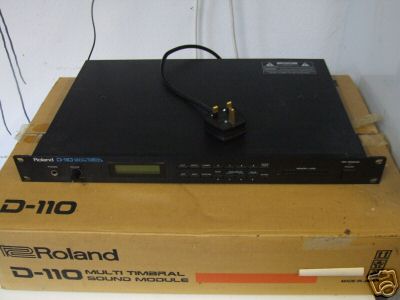
The rack version of the popular D-10. Useful because of the separate outputs. As I remember, the D-110 was a very popular module at the time it came out. One of the main reasons was the fact that it was multi-timbral.
This 1-U rack synthesizer is based on the proven L.A. (Linear Arithmetic) synthesis employed in the classic D-50, although the synthesis structure is not as complete and versatile as its big brother. It is much more similar to the D-10, D-5 and D-20, and even sports a front slot for a memory card, like those keyboards also had.
It is not the easiest module to use, in comparison with other modules from the day (the E-mu Proteus comes to mind), because there is a small two-line display, and an intricate system of button-pushing and sub-menus to edit it. Even then, if you are a bit familiar with Roland’s “partial” structure, this follows the same lines.
One thing that it takes from its cousin MT-32 and I’m puzzled about: the unit, when reset to factory settings (by loading the sysex presets), sets its eight channels starting from MIDI channel 2, not 1. This could lead to frustration (hey, this thing doesn’t play!) when all you need to do is call up the parts, and renumber the MIDI channels according to each part: 1 to 1, 2 to 2 and so forth.
The sounds on the D-110 are typical L.A. synthesis, and there are a lot of those “usual suspects” heard in other instruments that belong to this line.
Roland D-110 audio demos
Roland D-110 factory demo songs
Roland D-110 factory patch audio demos
Roland D-110 rhythm set audio demo
Roland D-110 factory patches in .mid and sysex
Roland D-110 manual
Roland D-110 specs
| Year of release: | 1990 |
| Polyphony: | 32 partials |
| Sound generation method: | Linear Arithmetic (LA) |
| Preset memories | 2 banks of 64 patches; tones; partials. |
| MIDI: | in, out, thru |
| Sound expansion capabilities: | cards |
| Sequencer | no |
| Arpeggiator | no |
| Effects | Reverb, Chorus |
| Velocity | yes |
| Aftertouch |
Roland D-110 photos
Roland D-110 links
